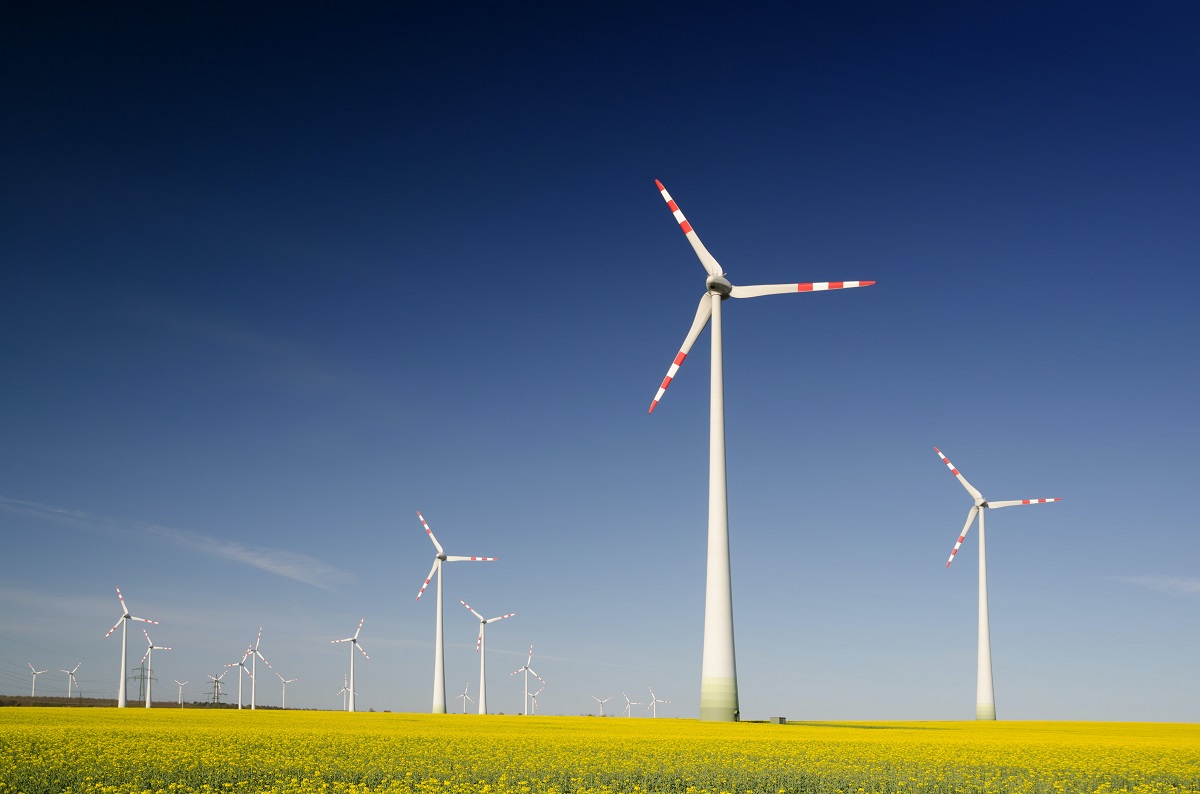By 2026, the volume of solar photovoltaic stations in Uzbekistan will increase up to 4,000 MW, wind power plants also up to 4,000 MW. Uzbekistan’s total capacity of hydroelectric power plants will reach 2,920 MW, the country’s energy ministry said, local media reported.
Uzbek authorities have also developed a concept for the country’s energy transition. By 2030, it is necessary to increase the scale of the use of renewable energy sources to about 30%, officials noted.
According to the deputy minister Sherkhod Khodjaev, Uzbekistan has joined the hydrocarbon neutrality program adopted by the world’s advanced countries. Uzbekistan is working to achieve hydrocarbon neutrality in all sectors of the economy, including the energy sector by 2050.
This means a complete replacement of natural gas, coal, oil products as fuel. Another critical point is that the demand for electricity in Uzbekistan differs sharply compared to Western countries.
It is expected that the growth rate of demand will grow by at least 11-12% per year, Uzbek officials added. In 2022, major work will be carried out on renewable energy sources. Authorities plan to sign project agreements for the construction of eight solar photovoltaic stations with a total capacity of 1,900 MW in Bukhara, Namangan, Khorezm, Kashkadarya, Fergana and other regions.

